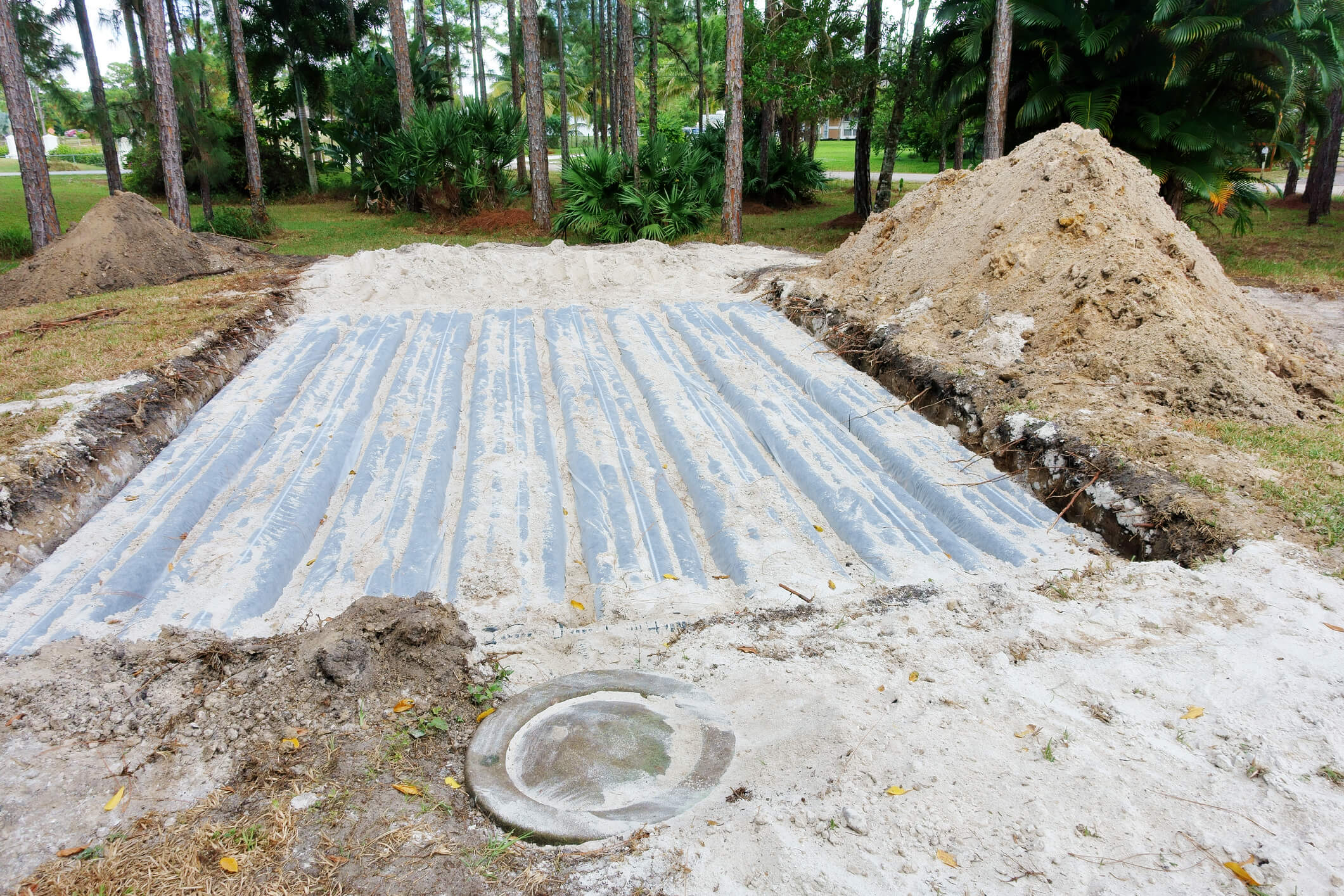When it comes to septic systems, homeowners in rural areas outside of Gainesville have found that aerobic treatment systems (ATS) present a cost-effective alternative to traditional central sewerage systems. Aerobic treatment systems utilize oxygen as part of a natural waste-digestion process. Therefore, they require routine maintenance to function efficiently and effectively. However, whether it’s due to a lack of maintenance or an act of nature, an ATS may need repairs, which should be maintenanced as soon as possible to avoid further and lasting damage.
At Quality Plumbing of Gainesville Inc., we perform a range of septic system and plumbing services. Here, we list our top three tips for aerobic treatment system maintenance and repairs.
Respond To ATS Alarms
Many plumbing problems, such as leaking pipes, are only discovered inadvertently, like when you stumble upon a puddle in your home that obviously shouldn’t be there. One convenience of aerobic treatment systems, though, is that they indicate via an alarm when there’s a problem.
The built-in alarms go off when certain mishaps occur. Loose aerator hoses, bad breakers, and burnt-out pumps are just a few of the septic tank repairs that could trigger an alarm.
If you hear your ATS’s alarm sound, the first response should be to call our plumbers in Gainesville. The worst thing you could do is ignore the alarm; the problem could quickly worsen and potentially ruin the septic system.
Keep Detailed System Records
Keeping records of an aerobic treatment system can speed up any needed maintenance or repairs. The more information about an ATS that plumbers have ahead of time, the sooner they can pinpoint common issues based on the system’s age or model type, and the faster they can find the correct replacement parts.
Include important details about an aerobic treatment system in a records file such as the model name, the system capacity, the state license number, the installation date, any valid warranties or contract service agreements, and all past maintenance records. If you need assistance with gathering any of this information, our plumbers can help with that during their next scheduled maintenance visit.
Monitor What Goes Into The System
An aerobic treatment system uses a meticulous, four-stage process to treat waste: 1) pre-treatment removes large waste; 2) aeration digests minute waste; 3) settling transforms remaining, undigested solid waste into a sludge (which should be removed during maintenance); and 4) disinfecting ensures the treated water is antiseptic. This process only works when the right waste is being treated. Flushing non-flushable, non-biodegradable items could damage the system by interfering with the digestive process.
The following solid waste should never be flushed down the toilet because it may overtax a septic system, resulting in overly frequent sludge removal or even clog-related damages.
- Sanitary Napkins;
- Tampons;
- Cigarette Butts;
- Gauze Bandages;
- Kitty Litter;
- Condoms;
- Fat, Grease, or Oil; or
- Paper Towels.
Several liquid chemicals should never be introduced to an aerobic treatment system, lest they destroy its digestive process.
- Waste Oils
- Varnishes
- Paints
- Thinners
- Pesticides
- Photographic Solutions
These three tips will let you to keep a well-maintained aerobic treatment system. But you should also schedule septic tank cleaning and inspection. Quality Plumbing of Gainesville Inc. offers comprehensive service and repairs for wastewater treatment systems. Schedule a service appointment today.
